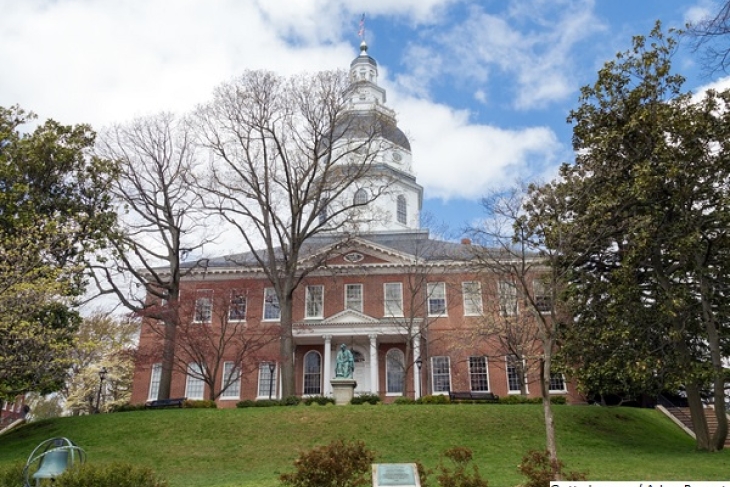Maryland governor Larry Hogan has excellent political judgment. I wish I could say the same of his educational judgment. With yesterday’s revision of his already-controversial executive order regarding school calendars, he managed, in one fell swoop, (a) to delight the Ocean City vacation industry, (b) to please a great many Maryland voters who, when polled, favor a long, uninterrupted summer vacation, (c) to take away from the state’s school districts and counties an important element of local control, (d) to disregard the findings and views of just about every knowledgeable educator in the land, (e) to undermine the State Board of Education, almost all of whose members are Hogan appointees, and (f) to dim the future prospects of hundreds of thousands of young Marylanders who are not yet learning nearly enough to be prepared to succeed in college and modern careers.
Not a bad day’s work. I suppose it’s just coincidence that the amended executive order appeared on the eve of the Day of Atonement.
The key issue, as just about everyone now knows, is whether Maryland schools and districts should be able to start the year before Labor Day and continue it into the summer, or whether the state—besides requiring a minimum of 180 days of schooling per year—will constrain their calendars.
Governor Hogan’s original executive order—which the attorney general’s office said he may not have had the authority to issue in the first place—established such limits, creating an unbroken summer break for Maryland public schools from June 15 to Labor Day, but also allowing the State Board of Education (to which the Governor appointed me and—so far—eight other members) to issue waivers to districts that present “compelling justification” for exceeding those limits. The Board voted unanimously in late September to move expeditiously to lay the groundwork for such waivers and multiple Maryland districts (including Montgomery County, where I live) have indicated their intention to seek such waivers. (At present, only the district that contains Ocean City routinely starts its school year after Labor Day.)
The revised executive order defines “compelling justification” so narrowly—basically school by school—that it’s not going to help many (or perhaps any) districts do what they think is right for their students.
Very bad education policy. Not that Governor Hogan ever even consulted with the State Board. To my knowledge, none of the Hogan appointees has ever even met with him. (Staff say he’s too busy.)
What happens next? Well, the legislature could—and probably should—act, but its members read the polls, too.
The State Board could perhaps defy the governor and issue waivers anyway, acting under what both statute and appellate courts have said is its broad authority in matters of public education.
Everybody could docilely comply with the Executive Order, as amended.
Or the whole thing could wind up in court.
None of those outcomes is appealing and none seems likely to do much good for Maryland districts presently struggling with next year’s calendar and Maryland families in a quandary about when their kids will go back to school in late summer.

